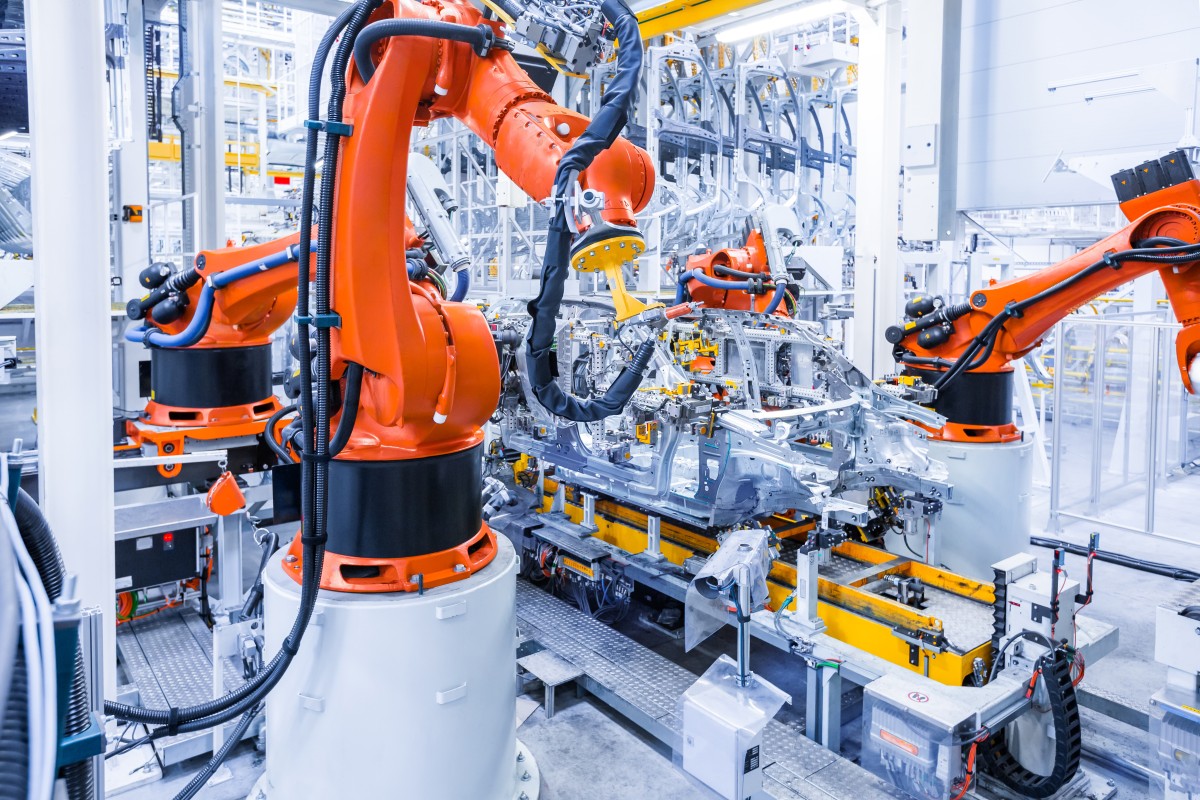October 21, 2020 | Robotics & Automation
Are the Days of the Standard Industrial Robot Numbered?

Absolutely not. Industrial robots do what they are designed to do extremely well. High speed, high repeatability, heavy payloads, and more. There are many reasons why industrial robots are here to stay. True they are dangerous which is why they are behind guarding to protect workers from injury. But, it is also important to note that most small and medium-sized manufacturers don’t have applications that require all of the capabilities that industrial robots have to offer: large quantities of the same product, high speed, and heavy payloads. In fact, with limited available floor space, many small and medium-sized manufacturers probably couldn’t accommodate a standard industrial robot in the first place. But a CoBot is more an extension of their human workers. CoBots are not a replacement for standard industrial robots, but an exciting new subset of industrial robots that is augmentative and a door-opener for the small and medium-sized manufacturer.
The Devil Is In The Details, But It Is Getting Easier
But, standard industrial robots and CoBots are only part of the solution. Think of them only as the mechanism that gets something to the place where the work needs to be done. That thing that actually does something and which is attached to the end of the robot arm is called an “end-effector.” A gripper is an example of an end-effector and is the implement that actually performs the needed operation. Examples of other types of end-effectors include: automatic screwdrivers, automatic drills, dispensing heads for adhesives or paint, soldering heads, waterjet cutting heads...etc. Not so bad, right?
Well, complicating the choice is that not only are there quite a few manufacturers of these end effectors, but there are different types available to address different usage needs. For example, it is very common to use a robot for an application called, “Pick and Place” where the robot with some type of gripper end-effector picks up something from one location and places it somewhere else. Within the category of grippers alone, there are a wide variety to choose from: Vacuum grippers, parallel grippers, and other variants. Within the category of parallel grippers there are pneumatic and electromechanical types. There are also options. How many “fingers” on the gripper? Does the gripper require adjustable force sensing?
Without going any further, you can see that there are quite a few things to be considered in order to make the right choice. However, having said this, I can unequivocally say that it has gotten easier. Not so long ago, manufacturers of automation components and industrial robots designed and manufactured their products in a vacuum with only minimal conscious effort made towards standardization, commonality, or compatibility. For industrial robots, no common programming language existed with each manufacturer using a proprietary language. In the not-so-distant past, simply mounting an end-effector to a robot often required the manufacture by the user of a custom mounting plate and that’s just to get the end-effector mounted to the machine. Achieving communications so that the robot could actuate the end-effector was similarly not very straightforward or easy to do and required manufacturers to hire someone to do this for them. Nowadays, the mountings have become standardized to an international standard called ISO. Many manufacturers of end-effectors have also made their products compatible with the major robot/CoBot brands both in terms of communications/connectivity as well as operation and very much in line with the plug-and-play functionality that we are beginning to expect from consumer electronics. In addition, many CoBot manufacturers are offering turn-key systems with grippers and other end-effectors already integral to the robot for an out-of-the-box solution.
Machine Vision
In some instances, the starting point and/or the ending point of the motion provided by an industrial robot or a CoBot is not the same point every time. An example might be loose products coming down a belt conveyor that need to be picked up and put into a box or boxes. If that is the case, you may need to consider machine vision. Basically, a version of machine vision that almost everyone has seen and has at least some familiarity with are the cameras that are in place to monitor intersections. This is a form of machine vision which, in its basic definition is a camera device along with mathematical algorithms that allow computers (the robot or CoBot) to see and to take in information from the outside world. So, how might machine vision be of use to the small and medium-sized manufacturer? Machine vision can be used in four (4) major application categories: Guidance, Inspection, Gauging, and Identification (GIGI).
Guidance
An example of guiding a robot is a downward facing camera looking down on a moving conveyor. As a part enters the field of view, the machine vision system sends the positional data of the part to a robot so that the part can be picked up by the robot. Gone are the days when the pick-up point had to be the same place all the time or the conveyor had to stop momentarily. Parts can be picked up while in motion and on the fly!
Inspection
Machine vision can be used to check parts. Are all of the screws that need to be in your product present? Is a label on straight or within tolerances set by the user? Is it the correct color?
Gauging
Machine vision can be used to gauge multiple dimensions on a part in milliseconds.
Identification
Machine vision can have a wide variety of codes such as barcodes, QR codes, etc. This can be handy when you have many different products and you want to make sure that the right label goes with the right part or product. Machine vision can also verify what is written (OCV: optical character verification) or read what is written (OCR: Optical Character Recognition). For example, is the label being read reflective of the correct date and lot code?
Environmental Considerations
Is your manufacturing environment dusty, or oily? Fine wood dust or metal shavings? Are there flammable vapors present? Will your robot need to be washed down? Do I need a cover for my robot because I don’t want things getting into my robot’s mechanism or is it because I need to prevent anything from inside of my robot (grease, oil, particulates...etc) from getting outside and possibly into my product? Is the environment high heat or low temperature? Will the robot system be situated close to a source of electromagnetic interference/noise that could adversely affect and interfere with the operation of your system?
Okay So You Have My Attention. What Next?
Just a few years ago, it would be almost unheard of for a small or medium-sized manufacturer without prior experience or technical background to take on the task doing the research, buying the components, and putting together an in-house automated system, for their own use. The reason why some people even consider trying to do this themselves is the historically high-cost of making all of these disparate components work together in a functional automated system. The wizard that made this all work is known as the system integrator. If you think of an iceberg, the component cost of the equipment is the part that you see above the ocean. The cost of making everything work is the additional and significantly larger part that is below the surface.
Consequently, when talking about the cost of implementing automation, it is mostly hardware that is talked about. The system integration effort to make everything work is the much higher cost which, when added to the cost of the hardware, often makes projects out of reach of most small and medium-sized manufacturers. I use the wizard analogy because those manufacturers that moved forward often didn’t know much about how the system worked, but it worked all the way up until the point where it didn’t. Once engaged, manufacturers without in-house technical abilities were often committed to continuing relationships with their system integrators because even making small/minute changes often required programmatic changes to software.
Fortunately, those days are changing. The good news is that the level of dependence for engaging the services of a system integrator is greatly reduced. Why? The reason is again because robot companies and especially the newer CoBots represent newer technology that is designed with ease of use in mind. Many small and medium-sized manufacturers are coming to realize that this is something that they could realistically handle on their own, especially if they engage the services of a system integrator their first time around.
If It’s That Easy, Do I Need A System Integrator?
In general, and based on my own experience, I think it is prudent to engage the services of a system integrator primarily because time is money. In comparison to what it used to cost, the amount of system integrator services is much lower than what it was previously. What’s more, a system integrator can help you wade through the myriad of choices by simply answering a few question, especially on your first robotic implementation. My advice is to engage a system integrator to put together and set up your first system with you, not for you. Don’t get the fish handed to you. Learn how to fish. Stay involved. Watch, learn, ask questions. I think you’ll find that in the end, you’ll feel comfortable to take on more of the responsibility the second time around or even develop your next system on your own.
Helping To Pay For Automation: Section 179
Please be aware that there are tax deductions available from the Federal Government to help offset the cost of purchasing capital equipment such as factory automation and industrial robots. Essentially, Section 179 of the IRS tax code allows businesses to deduct the full purchase price of qualifying equipment and/or software purchased or financed during the tax year. That means that if you buy (or lease) a piece of qualifying equipment, you can deduct the FULL PURCHASE PRICE from your gross income. It’s an incentive created by the U.S. government to encourage businesses to buy equipment and invest in themselves. Contact your accountant or CPA for more details.
How Can California Manufacturing Technology Consulting (CMTC) Assist?
For most small and medium-sized companies without any prior experience in automation, I think that the best course of action is to engage a professional rather than going it alone. Doing so will ensure that your first foray into automation is a successful one and that whatever solution your institute can start benefiting your company as quickly as possible.
The very next question quickly becomes, “which professional is the right for me and my particular need?” How do I choose? What should be my criteria or basis for selection? Where can I go to get an unbiased opinion from a trusted advisor with no vested interest to provide recommendations on direction and specific solutions providers from someone who is brand neutral and can help me understand my local options? There is no, shall I say, Craig’s list per se in existence for automation. But CMTC has the ability to provide counsel and provide you with clear options on which to base and make an informed business decision. Let us show you the possibilities and make clear your options.
About the Author
Craig Tomita
Craig Tomita is a factory automation professional with over 35 years of experience working with almost all aspects of industrial automation including industrial robotics, collaborative robotics, and machine vision. His particular area of expertise involves assisting manufacturers seeking to implement robotic/automation solutions by first understanding their situation and needs, explaining the various available options, pros/cons, and then assisting his clients by matching their needs with local solution providers.

Leave a Comment